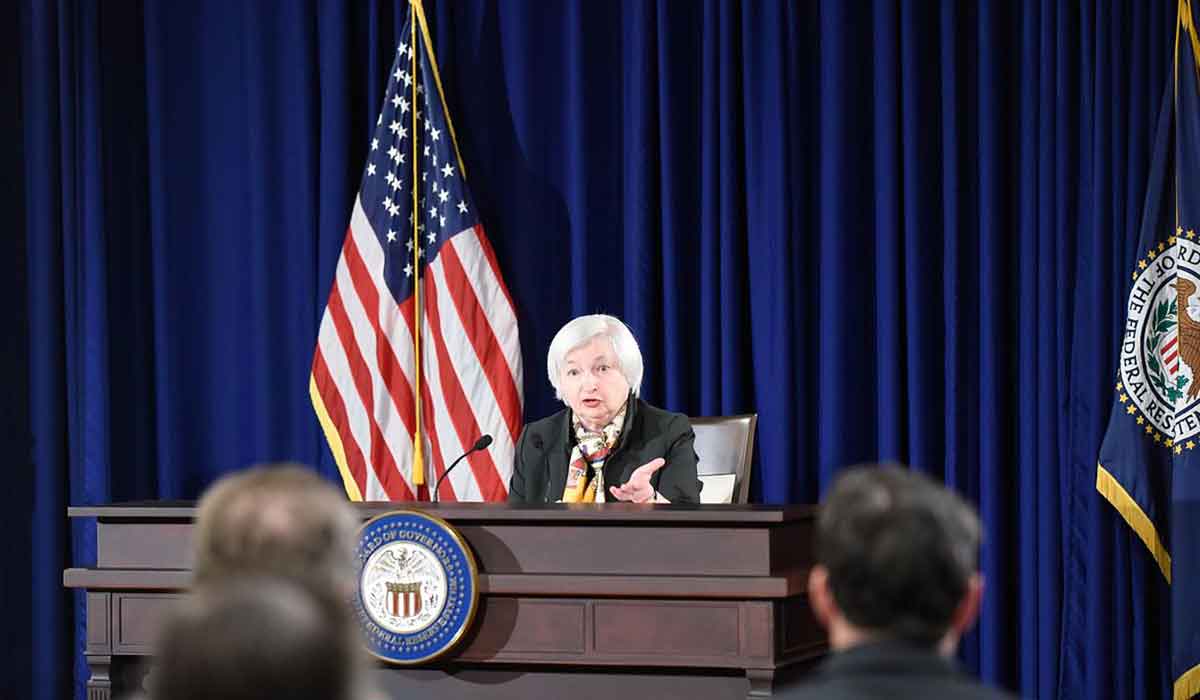The Tematica take on Fed hikes, balance sheet contraction and other works of creative fiction
As we all know by now, the Fed exited its September monetary policy meeting yesterday. Chairwoman Janet Yellen said that in the Fed’s view, the domestic economy is on solid enough footing to handle another Fed rate increase before the end of the year as well as the initiation of the Fed’s plan to unwind its $4.5 trillion balance sheet. This view effectively brushes aside the fact that the Fed’s inflation target has yet to be realized, despite its herculean monetary policy efforts, and in the near-term, the economy is headed for a tumble following hurricanes Harvey and Irma, and maybe more depending on how Hurricane Maria develops.
In recent days, we’ve seen several cuts to GDP expectations for the current quarter, including from the Atlanta Federal Reserve as well as several investment bank economists. The general thinking is that Hurricanes Harvey and Irma trimmed roughly 1% off of economic activity. With the bulk of the damage coming in September, including what we have yet to experience with Maria, we’ll have a fuller sense of the trifecta’s extent in October when we get the September data.
The market reaction to the FOMC statement is that it was more hawkish than what had already been priced in. While the market was priced at a 50/50 chance for a rate hike before the end of the year, the now infamous dot-plot shows that 12 of the 16 members expect one more hike this year, with one expecting two. In sharing the committee’s view Chairwoman Yellen remarked, “The median projection for the federal funds rate is 1.4 percent at the end of this year, 2.1 percent at the end of next year, 2.7 percent at the end of 2019, and 2.9 percent in 2020.”
This means the next rate hike, which is now likely to occur in December, will be a quarter point in nature, and based on the Fed’s forecast the three targeted rate hikes in 2018 are likely to be of the same magnitude. As Yellen shared this, she once again cautioned the Fed will remain “data dependent” in its thinking. As the markets recalibrate from a 50% likelihood to the new 70% that we will see another hike in 2017, gold lost $10 per ounce, the dollar gained some strength and the yield on the 2-year rose 4 basis points while the long bond has barely moved, flattening the yield curve.
From our perspective, with a recovery that is increasingly long in the tooth (something that is not likely lost on Yellen and the Fed heads), we see the Fed looking to regain monetary stimulus firepower ahead of the next eventual recession. To be clear, we’re not calling for one, just recognizing that at some point one will happen – it’s the nature of the business cycle. As we share that reality, we’d also note that historically the Fed has a very good track record of boosting rates as the economy heads into a recession.
We’d like to point out that while most are viewing these minutes as more hawkish than expected, the phrasing of their economic analysis has become more sedate. Oh for the days when we didn’t need to analyze every little word out of the Fed like a bunch of teenagers assessing the meaning of their crush’s every utterance! The Fed’s assessment of unemployment has dropped the reference to “has declined,” leaving just “unemployment rate has stayed low.” With respect to spending, the wording has gone from “continued to expand” in July to “expanding at a moderate rate.” As for the dot plots, of the four FOMC members who expected two more hikes in 2017, only one remains.
As much as the Fed will likely try to avoid that and preserve Yellen’s time as chairwoman, it’s different this time. Next month, the Fed will begin unwinding its balance sheet that bulked as a result of its quantitative easing measures. The Fed admits to “months of careful preparation,” but let’s be real here, this is unlike anything we have seen before as the Fed expects to boost interest rates further. Yes, the Fed will baby step with its balance sheet as its targets selling no more than “$6 billion per month in Treasuries and $4 billion per month for agencies” in 2017. In 2018, however, those caps will rise to “maximums of $30 billion per month for treasuries and $20 billion per month for agency securities.” Given the Fed’s balance sheet weighs in at a hefty $4.5 trillion, this is poised to be a lengthy process and we suspect that as well intended as the Fed’s thinking on this is, odds are there are likely to be some unintended consequences.
The question we continue to ponder is whether the economy is strong enough to not falter as the Fed ramps its selling while boosting rates. Even the Fed sees GPD falling from its 2.4% forecast this year to “about 2 percent in 2018 and 2019. By 2020, the median growth projection moderates to 1.8 percent.” To get to that 2.4%, we need the Atlanta Fed’s GDPNow forecast for 2.2% in Q3 to materialize, which we think is going to be tough given the impact of this season of insane storms, as well as at least a 3% bump in Q4. Our bets are that’s about as likely as either of us giving up chocolate.
As we mull this forecast vs. the business cycle, we must keep in mind the Fed is ever the cheerleader for the economy and tends to be optimistic with its GDP forecasts. We prefer to be Rhonda Realist vs. Debbie Downer or Cheery Charles, and when we triangulate the Fed’s comments, we continue to think it’s underlying strategy is to re-arm itself for the next downturn.


